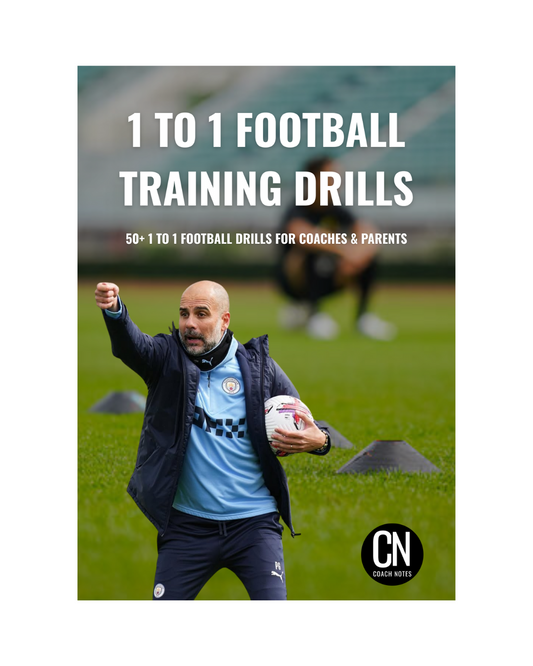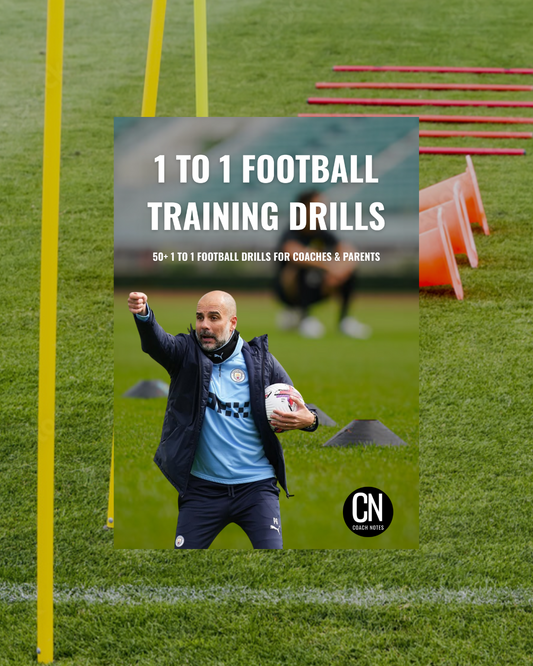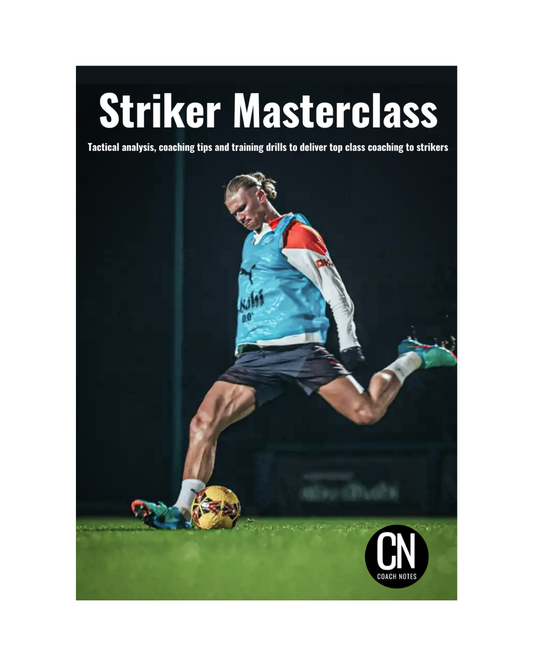
Franck Haise
Share
Since arriving at OGC Nice, Franck Haise has quickly established a clear tactical identity—one that blends flexibility, defensive structure, and quick attacking transitions. His approach is an evolution of the principles that brought success at RC Lens, but adapted to the demands of a new squad and a new context. For coaches at all levels, Haise’s methods offer a wealth of practical insights into how to set up a team that is both defensively secure and dangerous in attack.
Below is a breakdown of his approach and what we can take from it as coaches.
Tactical Setup & Philosophy
Franck Haise’s primary structure at Nice has been a 4-3-3 or 4-2-3-1, with the flexibility to shift into a back three—typically a 3-4-2-1—when playing against more dominant sides. This variation allows his team to remain compact out of possession and transition quickly when opportunities arise.
Rather than focusing on controlling possession for long periods, Haise’s approach is rooted in controlled pragmatism. His teams are comfortable without the ball, often baiting pressure before exploiting space in behind. The goal is not to dominate the ball for the sake of it, but to be efficient and purposeful when they have it.
Haise ensures that his sides are tactically disciplined and structurally sound but encourages his players to express themselves in the final third, creating a balance between organisation and individual creativity.
Defensive Organisation & Out-of-Possession Principles
Defensive solidity is a key pillar of Haise’s system. At Nice, his team often drops into a medium or low block out of possession, especially against stronger sides. The shape is narrow and compact, focused on protecting central areas and forcing the opposition to build through wide zones, where Nice can more easily isolate and press.
Haise rarely commits to an all-out high press. Instead, he prefers intelligent pressing triggers—the team waits for specific cues such as a poor touch, a pass into a full-back, or a square ball in midfield. This conservative press reduces exposure while still allowing the team to win the ball in key areas.
The defensive block is supported by well-drilled positional discipline. The full-backs stay tucked in when the ball is on the opposite flank, the wingers drop into midfield to form a second line, and the central midfielders screen passing lanes into the strikers. The emphasis is on compactness between lines and limiting vertical passes, creating a frustrating environment for opposition attackers.
Transition Play & Attacking Strategy
Haise’s Nice is built for quick, vertical transitions. When the ball is won, the immediate focus is on playing forward, either through central areas with short, sharp combinations or by hitting wide players in space. These are not hopeful long balls, but intentional, well-timed vertical passes designed to exploit the opposition’s momentary disorganisation.
Players like Jérémie Boga or Sofiane Diop, with pace and 1v1 ability, are key in this system. Wide attackers are instructed to make diagonal runs inside to stretch the backline, while the central striker looks to pin defenders and link play.
The midfield, meanwhile, plays a crucial role in transitions. Often one midfielder stays to protect the counter, while the other joins the attack. The aim is to outnumber the opponent in the second phase, especially after recovering possession in midfield.
Haise also encourages positional rotations in wide areas. The full-back, winger, and central midfielder interchange fluidly to confuse the defensive structure and open passing lanes. This is especially evident when Nice are in sustained possession and looking to break down a deep block.
Build-up Play & Use of the Goalkeeper
Although Haise prefers a direct attacking style, he does not ignore the importance of build-up play. When required, Nice are comfortable playing out from the back. The goalkeeper is frequently involved, often stepping outside the box to form a triangle with the centre-backs and draw in the press.
Once the first line is attracted, Haise’s sides aim to bypass pressure with quick vertical combinations or diagonal switches. One key feature is the use of the full-backs and wide central midfielders to progress the ball via the half-spaces, especially when the opposition blocks central access.
However, build-up is never overindulgent. The goal is always to progress with purpose. If a vertical pass is on—even if risky—it is often played, particularly if it gets the ball to a dangerous attacker in a 1v1 situation.
Coaching Takeaways from Haise’s Methods
1. Tactical Flexibility with a Defined Identity
Haise shows that a team can be both adaptive and consistent. While formations may change, the principles—compact defending, quick transitions, and purposeful forward play—remain the same. Coaches should focus on developing core tactical principles, while being flexible with shape depending on the opponent.
2. Control Without Possession
Dominating the ball isn’t always necessary. Haise builds his system around controlling space, not possession. Teaching your players to stay compact and win the ball in specific zones can be just as effective—especially for teams not built for long spells of possession.
3. Transitions as a Tactical Weapon
Quick transitions can be trained. Build sessions that emphasise speed of thought after turnovers, such as small-sided games with transition rules or directional rondos where players are encouraged to break lines within three passes of winning the ball.
4. Vertical Passing & Direct Intent
Encourage your players to play forward when possible—but with intelligence. Train midfielders and defenders to scan early and look for passes into space or between lines. Even short vertical combinations can create chaos and force defenders to retreat, opening up time and space in the final third.
5. Individual Freedom in Structured Systems
While Haise demands tactical discipline, he allows freedom in attacking zones. The key is to build structure behind the ball so attackers have the freedom to take risks higher up the pitch. This encourages confidence in forward players while maintaining team balance.
Final Thoughts
Franck Haise’s work at OGC Nice is a masterclass in building a cohesive, flexible, and dynamic team without overcomplicating the game. His balance between organisation and freedom, control and spontaneity, offers a modern blueprint for coaches working across all levels.
Whether you're managing a youth side or a senior team, there’s a lot to learn from how Haise sets his teams up to defend with purpose and attack with intent.









